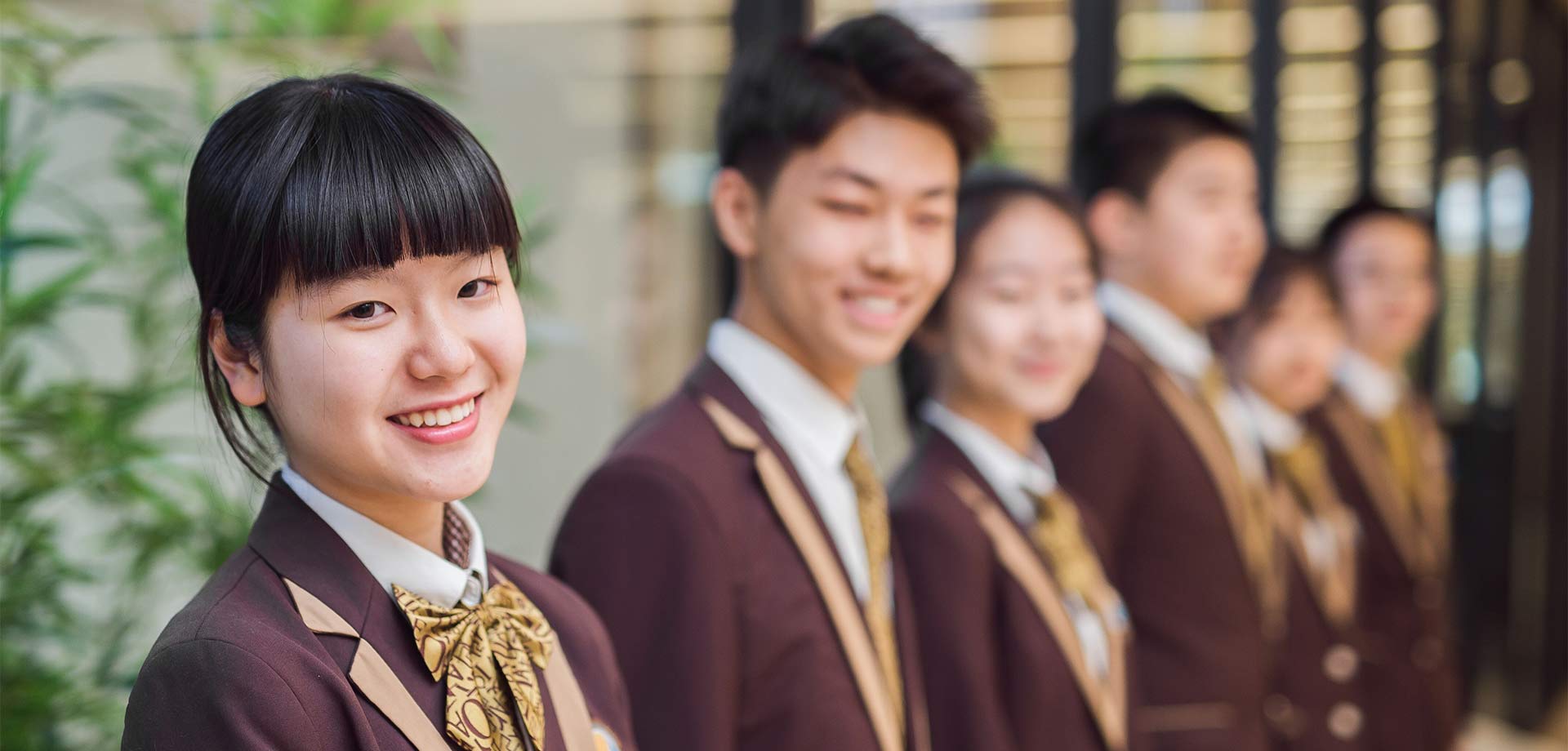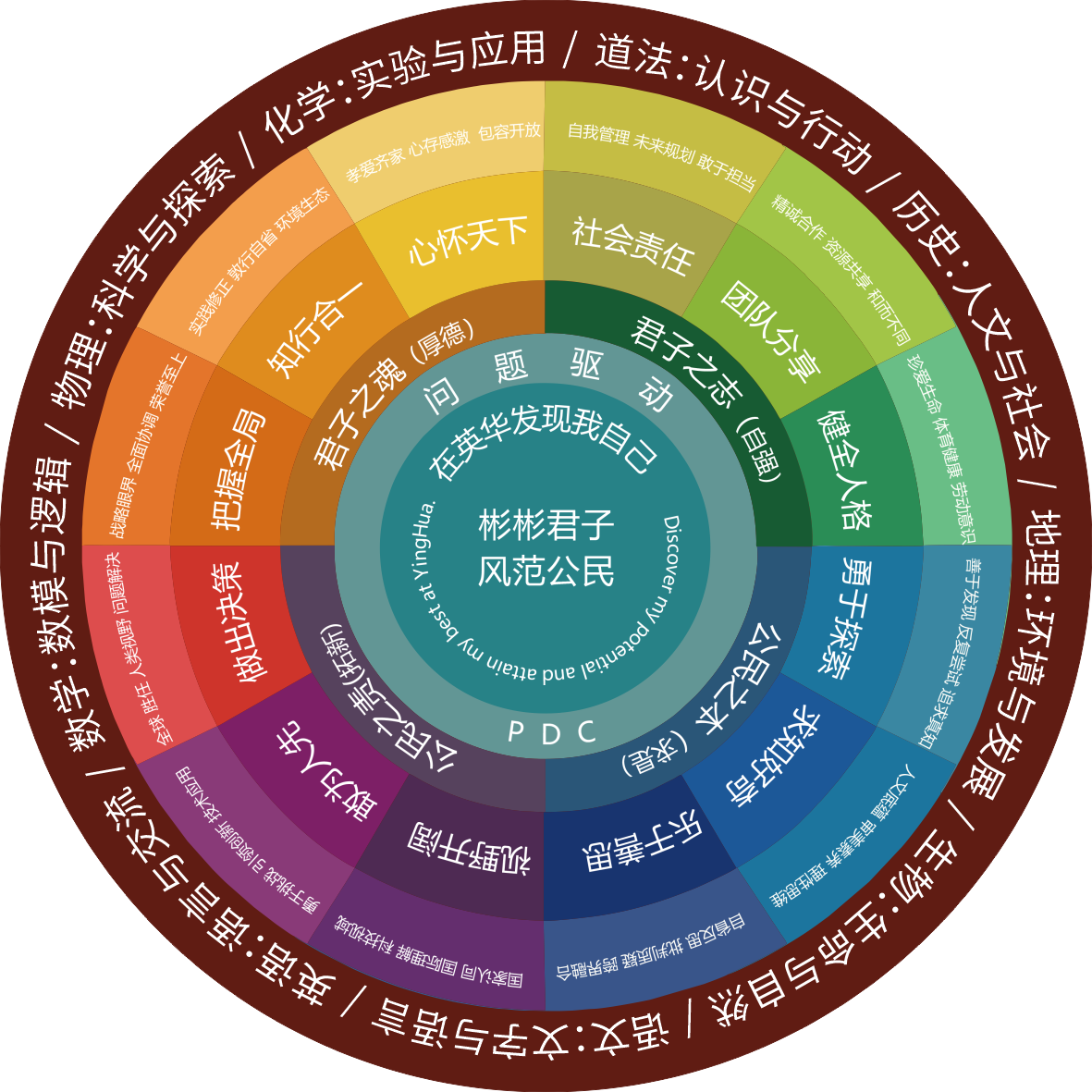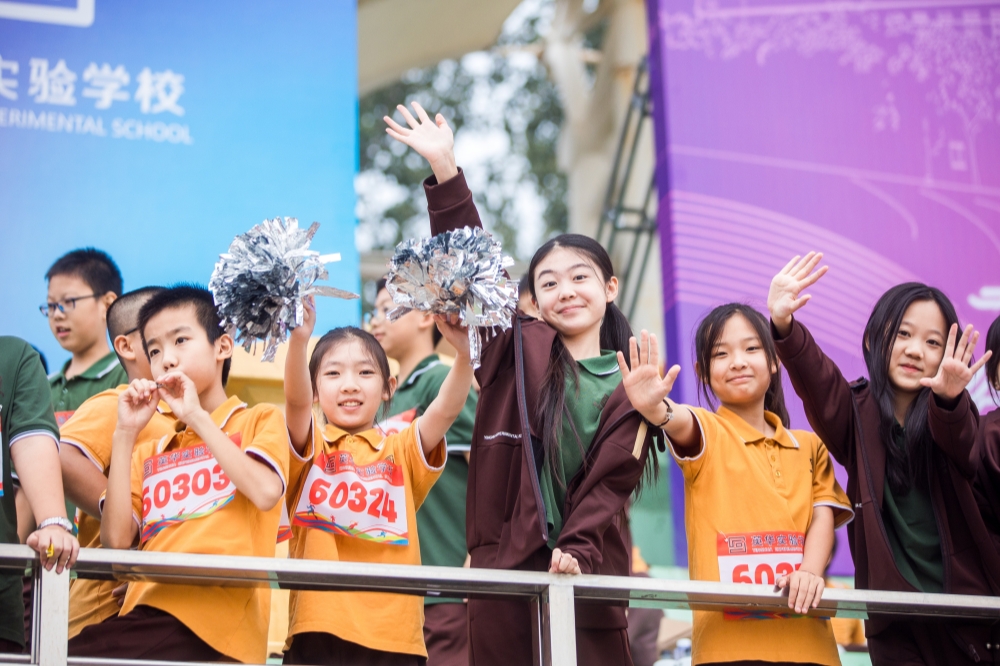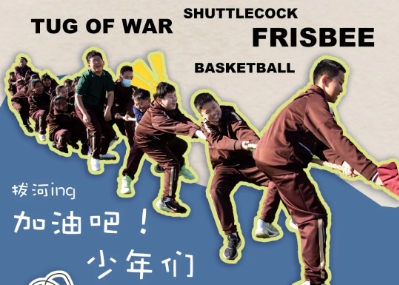
Education means to awaken, and ignite, but not inculcate.
Education is not a matter of informing and being informed, but a proactive and constructive process. Based on the practical experience of PDC classroom teaching in junior high school, the ultimate goal is to cultivate learning and thinking abilities. In classroom design, we adhere to problem-driven approach, starting from the end in our reverse design; In the teaching process, we adhere to a goal-oriented approach, based on the principles of “learning is determined by individual needs of learning” to draw the path of the PDC classroom’s six cycles to guide students in the self-education and learning methods.

At Yinghua Junior High School, we adhere to immersing our minds in the curriculum. Based on Yinghua’s “discovery + curriculum system”, we have gradually formed a “3C” stepwise curriculum that includes the concept of “autonomy + exploration” to involve both teachers and students in solving problems together among a teacher-student learning community.
Classroom: PDC classroom teaching based on the concept of “autonomy + exploration”
Course: Curriculum construction based on the development of core competencies for Chinese students
Citizen: Universal education based on the fundamental task of cultivating people of great virtue and learners of lifelong growth.
Course learning methods
Education means to awaken, and ignite, but not inculcate.

The "Discovery+· 3C" curriculum system, supported by the PDC concept in junior high school, starts from “people” and “self”. It consists of 4 dimensions, 12 key points, 36 literacy items, and 9 major courses. By fully focusing on the core literacy of young people, we truly achieve the goal of learning according to needs of individual students. In the project-based active learning process, we transfer the initiative of knowledge construction to students to fully mobilize their internal drive for knowledge, and make teachers the designers, organizers, instigators, evaluators, and promoters of learning activities, while students the main body, participants, experiencers, solvers, and reflectors of the classroom. With the two parties complement each other, grow together, we ultimately help students acquire the ability to discover and grow into lifelong learners.



